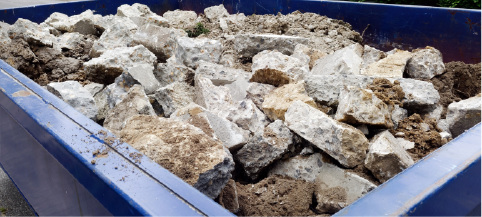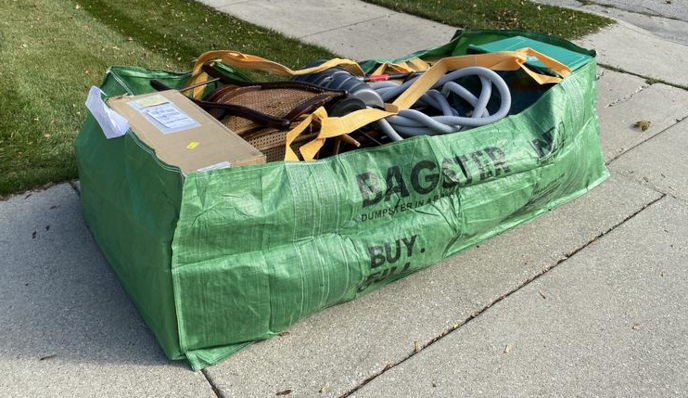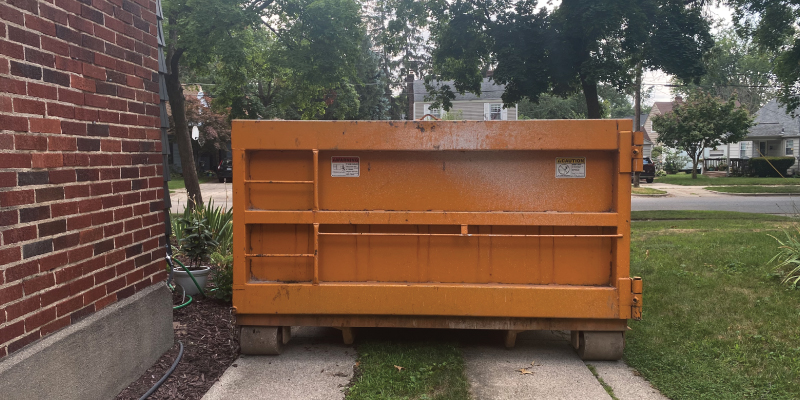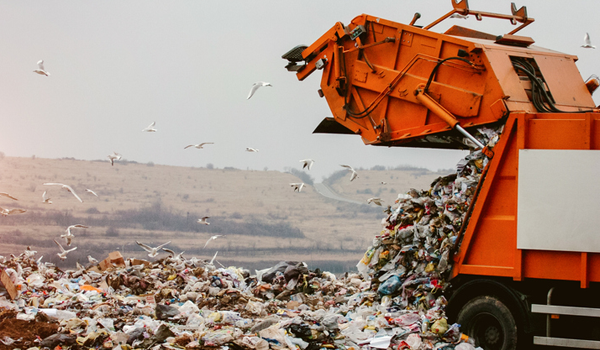
Updated November 13, 2025
Whether you're curious about your weekly trash service or you're interested in renting a dumpster, you might be wondering how exactly your garbage is handled once it arrives at a landfill.
We've gathered everything you need to know if you've ever been curious about how your garbage is safely handled at landfills nationwide.
We'll go over:
- Preventing Soil Contamination
- Trash Layering
- Collecting and Containing Liquids
- Containing Harmful Gases
- Landfill Capping
Compare local dumpster prices
Request availability and pricing from dumpster
rental companies near you.
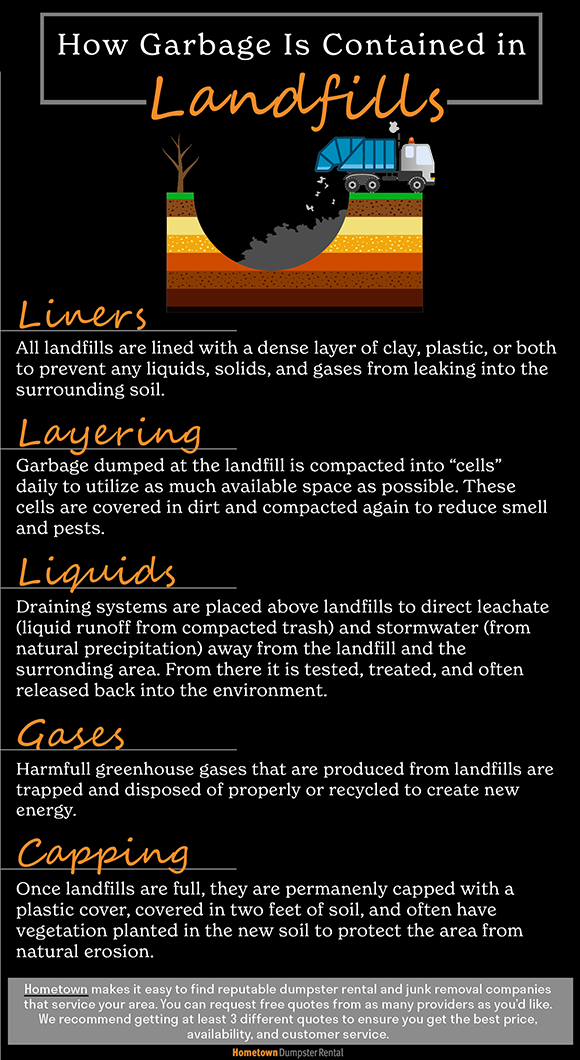
Preventing Soil Contamination
One of the most important aspects of waste management safety is making sure that there is a barrier protecting the ground and soil from trash and their byproducts.
When landfills were first created, a thick, dense clay intended to be strong and durable enough to prevent all liquids, solids, and gases from penetrating the ground surrounded the landfill.
These easily and often break down over time, however, and were no longer deemed acceptable for new landfills in the 1980s, when a single layer of plastic liners became the new norm.
These liners are dense, typically 30-100 mils thick, and are made up of plastic and other synthetic material.
Later, double-lining landfills became required and some even utilize a combination of both clay and plastic liners.
While these preventative measures are not foolproof, the importance of landfill liners cannot be understated.
Learn more about dumpsters:
- Renting a Dumpster: A Step-by-Step Guide
- The Importance of Diverting Debris and Waste from Landfills
- How Recycling Facilities Work
- Cost of Hauling Waste Yourself vs Renting a Dumpster
Trash Layering
Trash at the landfill is compacted into "cells" to make the most of landfill real estate.
With the help of bulldozers and other heavy machinery, garbage is compacted daily into cells, covered with a layer of dirt about 6 inches thick, and then compacted again.
The purpose of the additional layer of dirt is to minimize stench and make it more difficult for pests to access the garbage.
Some areas are using alternatives to dirt, like cement or tarps, to save even more space in each landfill.
Compacting trash daily allows the space in each landfill to be utilized to its' fullest potential.
Collecting and Containing Liquids
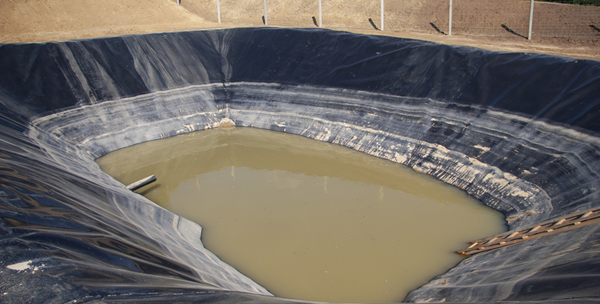
Stormwater draining systems are placed on top of the landfill liner to filter out liquids from the compacted trash and from natural precipitation.
From there, an additional drainage system is used to separate all leachate from the rainwater.
Leachate is the liquid produced by trash and is a contaminant to both the waste and the rainfall.
Rainwater is collected in drainage ditches and sent to collection ponds where it is tested for traces of leachate.
Once it is deemed safe, it is redirected to a body of water offsite to be added back into the environment.
The draining system for leachate has a pipe system that sends these liquids to a collection pond for leachate only, where it is allowed to settle and is tested to determine the chemical levels of the collection pond.
From there, the leachate is chemically treated and either sent back into the landfill so that it can be soaked up into the compacted trash where it does not reappear, or released back into the environment after it is determined as clean and safe.
Containing Harmful Gases
One of the byproducts of decomposing trash is the production of harmful gases like carbon dioxide and methane.
These greenhouse gases are harmful to the environment and are also a fire hazard to affected areas with high exposure if left untreated.
In today's world, we have developed solutions to mitigate these dangers including burning, venting, or converting these gases into new energy.
Landfills have a system of extraction wells and pipes used to contain and transport these gases for proper disposal or reuse.
Landfill Capping
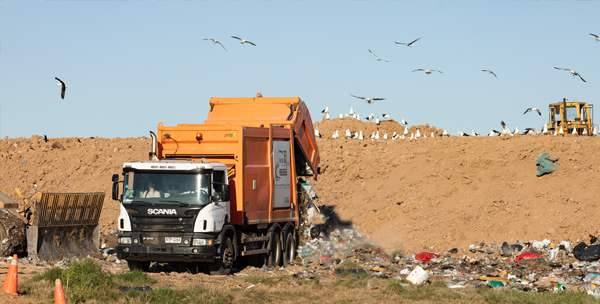
Eventually, all landfills run out of space.
Once a landfill is full and can no longer accept garbage, it is covered in a plaster cover permanently.
This act of sealing a full landfill is referred to as "capping."
Once a landfill has been capped, it is covered in two feet of soil that is used to plant new vegetation.
The additional soil and vegetation is used as protection against the elements that can cause erosion.
All capped landfills are left undisturbed and observed regularly for 30 years to ensure no harmful leaks are released into the surrounding environment.
See dumpster prices near you
Request availability and pricing from dumpster
rental companies near you.
Learn more:
